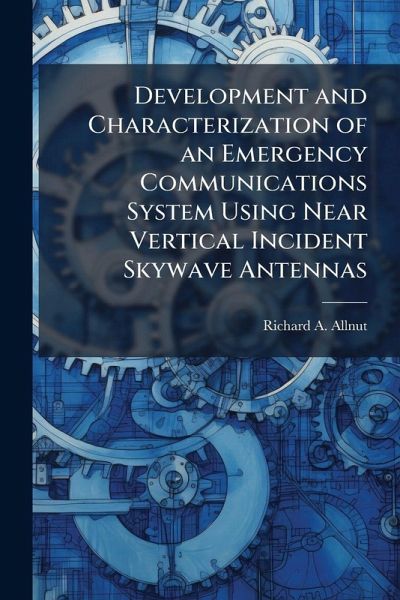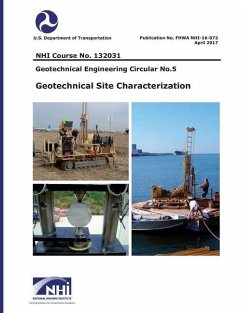
Development and Characterization of an Emergency Communications System Using Near Vertical Incident Skywave Antennas

PAYBACK Punkte
9 °P sammeln!
Near Vertical Incident Skywave (NVIS) techniques involve physical propagation using the electromagnetically reflective canopy of ionosphere. HF radio transmission is normally optimized for distances beyond 1000 miles. However, NVIS techniques optimize communication from the transmitting station out to 200 miles. A void exists in communication distances beyond line-of-sight and closer than several hundred miles. Line-of-sight communications can easily be accomplished with transceivers operating above 90 MHz. Long distance communication around the globe can be accomplished with HF radios, howeve...
Near Vertical Incident Skywave (NVIS) techniques involve physical propagation using the electromagnetically reflective canopy of ionosphere. HF radio transmission is normally optimized for distances beyond 1000 miles. However, NVIS techniques optimize communication from the transmitting station out to 200 miles. A void exists in communication distances beyond line-of-sight and closer than several hundred miles. Line-of-sight communications can easily be accomplished with transceivers operating above 90 MHz. Long distance communication around the globe can be accomplished with HF radios, however HF communication is frequently disrupted by the peculiar nature of skip propagation. Skip propagation is the tendency for HF waves to be received in the immediate vicinity of the transmitter and also received several hundred miles away, but to be missing (skipping) the interval between. This is the result of optimizing the design of HF antennas for long distance communication. The NVIS system characterized in this work was designed to eliminate skip propagation by optimizing the design for contiguous coverage. The NVIS technique involves use of transmission and receiving antennas that create nearly vertical propagation and continuous coverage from the transmitter to a distance of 200 miles. This work has been selected by scholars as being culturally important, and is part of the knowledge base of civilization as we know it. This work was reproduced from the original artifact, and remains as true to the original work as possible. Therefore, you will see the original copyright references, library stamps (as most of these works have been housed in our most important libraries around the world), and other notations in the work. This work is in the public domain in the United States of America, and possibly other nations. Within the United States, you may freely copy and distribute this work, as no entity (individual or corporate) has a copyright on the body of the work. As a reproduction of a historical artifact, this work may contain missing or blurred pages, poor pictures, errant marks, etc. Scholars believe, and we concur, that this work is important enough to be preserved, reproduced, and made generally available to the public. We appreciate your support of the preservation process, and thank you for being an important part of keeping this knowledge alive and relevant.












